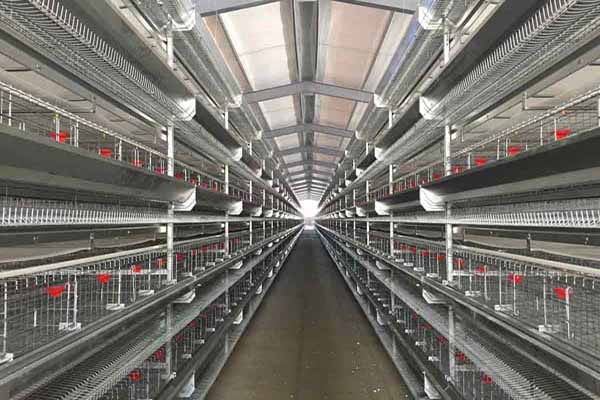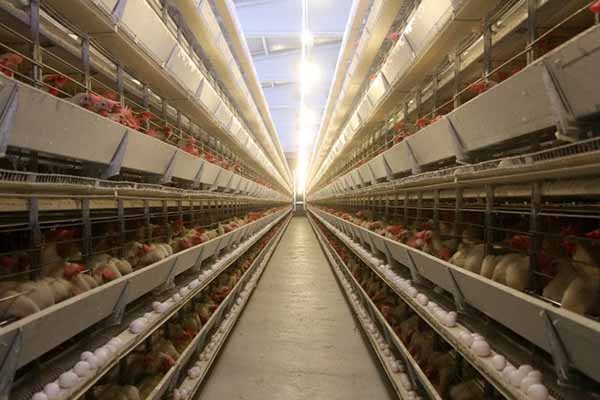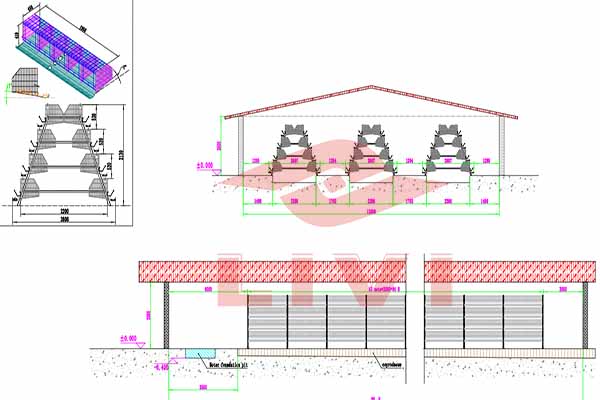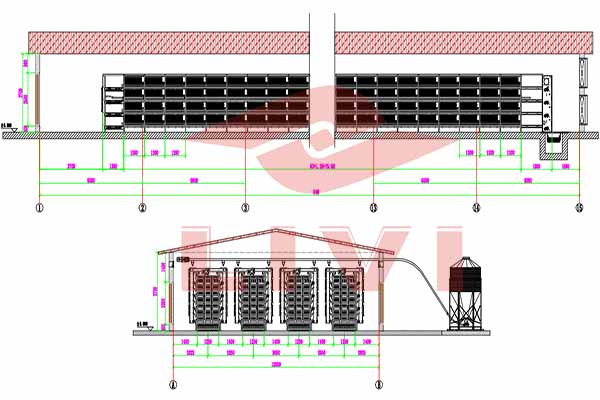Poultry Farm Guide for Beginners in Kenya
Embarking on a poultry farming venture in Kenya can be both exciting and challenging. As a beginner, it’s crucial to have a comprehensive guide to help you navigate through the process. This article will provide an overview of the essential steps and considerations for setting up a successful poultry farm in Kenya.
1. Understanding the Market and Regulations
Before diving into poultry farming, it’s important to understand the local market and regulations. Research the demand for different types of poultry products, such as eggs and meat, in your area. Additionally, familiarize yourself with the government regulations regarding poultry farming, including biosecurity measures and import/export requirements.

2. Choosing the Right Breed
Selecting the right breed is crucial for the success of your farm. In Kenya, popular breeds include the White Leghorn for egg production and the Ross 308 for meat. Consider factors such as growth rate, egg production, and disease resistance when choosing your breed.
3. Farm Location and Infrastructure
The location of your farm is vital. Look for a site that is easily accessible, with access to water and electricity. The farm should also be situated in an area with a favorable climate and good soil quality. Ensure that you have adequate space for poultry housing, feed storage, and waste management.

4. Poultry Farming Equipment
Investing in the right equipment is essential for efficient operations. Key equipment includes automated chicken cages, feeders, waterers, and lighting systems. Automated systems can help reduce labor costs and improve the overall health and productivity of your flock.
| Equipment | Description |
|---|---|
| Automated Chicken Cages | Facilitates easy movement and management of birds, reducing the risk of disease transmission. |
| Feeders and Waterers | Ensure constant access to food and water, which is crucial for the health and growth of your poultry. |
| Lighting Systems | Control the lighting environment to simulate natural daylight, which can improve egg production and growth rates. |
5. Feed and Nutrition
Proper nutrition is vital for the health and productivity of your poultry. Develop a balanced diet that meets the nutritional requirements of your specific breed and age of the birds. Consider the use of high-quality feed and supplements to ensure optimal growth and egg production.
6. Health Management
Preventing and managing diseases is a critical aspect of poultry farming. Implement biosecurity measures, such as regular cleaning and disinfection of facilities, to minimize the risk of disease outbreaks. Work with a veterinarian to establish a vaccination program tailored to your flock’s needs.
7. Marketing and Sales
Develop a marketing plan to promote your poultry products. Identify potential customers, such as local markets, restaurants, and grocery stores, and establish strong relationships with them. Keep in mind the importance of maintaining the quality and safety of your products to build a loyal customer base.
By following these guidelines, you’ll be well on your way to establishing a successful poultry farm in Kenya.
For further assistance and to obtain a free poultry farming design and equipment quotation, feel free to leave a  comment or contact us directly. We at LIVI Mechanical are committed to helping beginners like you achieve success in the poultry farming industry.
comment or contact us directly. We at LIVI Mechanical are committed to helping beginners like you achieve success in the poultry farming industry.




